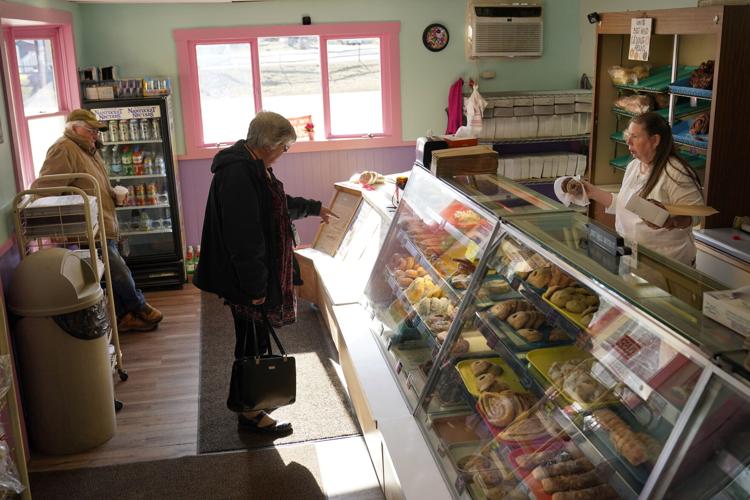## Overview
**A New Hampshire town** is not a single, unified organization but rather refers to the collective structure of municipal governments throughout New Hampshire. The state has 234 cities and towns, each operating with distinct forms of governance—most commonly the town meeting system, where registered voters act as the legislative body, or a council–manager/council–mayor system in larger municipalities[1]. These local governments are the primary providers of public services, land use regulation, and community infrastructure, functioning under the state’s “Dillon Rule,” which reserves all powers not expressly granted to municipalities to the state[1].
## History and Structure
New Hampshire’s tradition of local governance dates to colonial times, emphasizing strong local control, especially in land use and community decision-making[1]. Most towns operate via annual town meetings, a hallmark of New England democracy, where residents vote directly on budgets, ordinances, and key issues. Cities and larger towns may employ professional managers or mayors, but all municipalities are treated equally under state law[1].
The **New Hampshire Municipal Association (NHMA)**, established in 1941, supports these local governments by providing education, training, advocacy, and legal services[2]. NHMA is a nonprofit, non-partisan organization that helps municipal officials navigate complex regulations, share best practices, and advocate for local interests at the state level[2]. While not a government body itself, NHMA is a vital resource for the effective functioning of New Hampshire’s towns and cities.
## Key Achievements and Current Status
New Hampshire towns are known for their high levels of civic engagement, transparent governance, and adaptability to local needs. They have successfully maintained a balance between state oversight and local autonomy, particularly in areas like zoning, education, and public safety[1]. The NHMA has been instrumental in standardizing municipal practices, offering ongoing training, and ensuring that even small towns have access to professional resources[2].
The state’s highway
